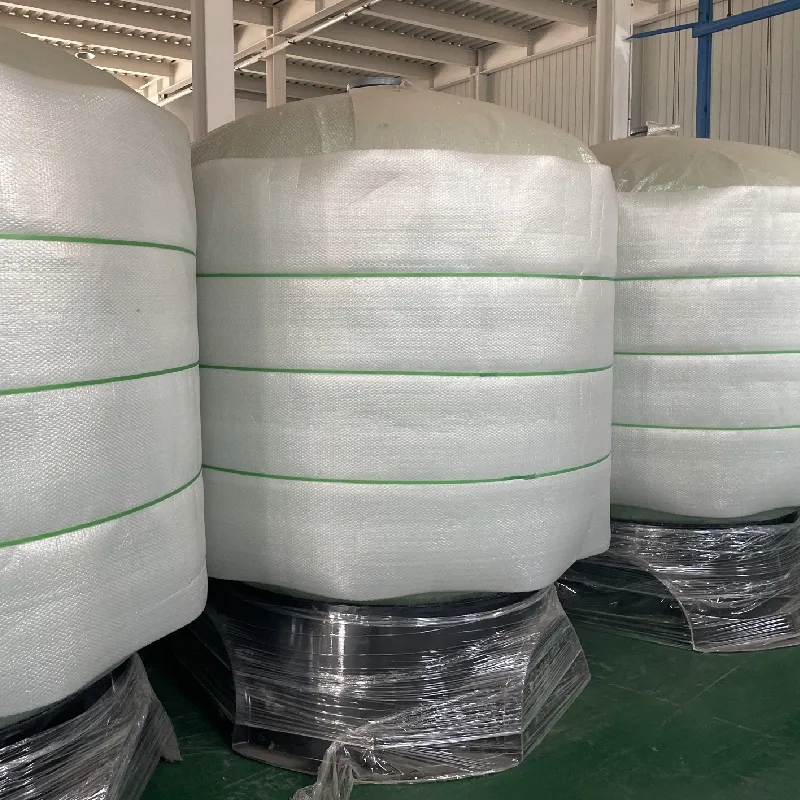loading...
- No. 9, Xingyuan South Street, Dongwaihuan Road, Zaoqiang County, Hengshui, Hebei, China
- admin@zjcomposites.com
- +86 15097380338
- Welcome to visit our website!
A Comprehensive Guide to Understanding Carbon Filter Vessels and Their Applications in Water Treatment
Understanding Carbon Filter Vessels An Essential Component for Air and Water Purification
In an increasingly industrialized world, the need for effective air and water purification systems has never been more critical. Among various technologies developed for this purpose, carbon filter vessels have emerged as a key solution for removing contaminants from both air and water. This article delves into the operational principles, benefits, and applications of carbon filter vessels, illustrating their importance in maintaining environmental health.
What are Carbon Filter Vessels?
Carbon filter vessels are specialized containers filled with activated carbon, a highly porous material with excellent adsorption capabilities. These vessels are used to house the activated carbon and facilitate the treatment of gases and liquids. When air or water passes through the carbon filter, contaminants are captured and retained by the carbon particles, effectively purifying the substance before it continues through the system.
The Mechanism of Filtration
Activated carbon works primarily through two processes adsorption and catalytic reduction. Adsorption is a physical process where contaminants adhere to the surface of the carbon particles. This process is highly efficient due to the large surface area provided by the activated carbon.
Moreover, certain harmful compounds can undergo catalytic reduction when in the presence of activated carbon, transforming them into less harmful substances. This dual-action capability makes carbon filter vessels particularly effective against a wide range of pollutants, including volatile organic compounds (VOCs), chlorine, heavy metals, and even certain bacteria.
Benefits of Carbon Filter Vessels
1. Environmental Protection The primary benefit of using carbon filter vessels is their role in environmental protection. By removing harmful contaminants from air and water, these systems help to ensure cleaner surroundings, ultimately protecting ecosystems and public health.
carbon filter vessel

2. Versatile Applications Carbon filter vessels are versatile and can be used in various settings, from industrial plants to residential homes. They are commonly employed in wastewater treatment facilities, drinking water purification systems, and air purification units.
3. Cost-Effectiveness Compared to other filtration technologies, carbon filtration is often more cost-effective. The materials required for the construction of carbon filter vessels are relatively inexpensive, and activated carbon itself is a low-cost yet effective filtering agent.
4. Ease of Maintenance Maintenance of carbon filter vessels is straightforward. Regular replacement of the activated carbon can ensure optimal performance without the need for complex upkeep.
Applications in Diverse Settings
Carbon filter vessels are vital in numerous applications. In the water treatment industry, they are employed to remove chlorine and organic pollutants from drinking water, improving taste and safety. In industrial contexts, these vessels can mitigate the release of harmful gases into the atmosphere, affirming compliance with environmental regulations.
Moreover, in HVAC systems, carbon filter vessels are instrumental in maintaining indoor air quality by reducing harmful airborne particles. In the automotive industry, they are utilized for the removal of evaporative emissions, contributing to the reduction of greenhouse gases.
Conclusion
Carbon filter vessels represent a significant advancement in the field of contamination control and environmental preservation. Their ability to effectively remove a broad spectrum of pollutants while remaining cost-effective makes them an indispensable tool in both industrial and residential applications. As we continue to face environmental challenges, the role of carbon filter vessels will undoubtedly grow, making it imperative to understand their operation and benefits. They exemplify how innovative technologies can make strides towards a cleaner, healthier world.
-
Revolutionizing Industrial Safety with ZJ Composites' Mini Mesh GratingNewsNov.14,2025
-
Premium FRP Profiles and FRP Grating Revolution for Global WholesalersNewsNov.14,2025
-
Ultimate Strength with ZJ Composites FRP Profiles for Wholesale SuccessNewsNov.14,2025
-
ZJ Composites Covered Grating – The Durable Flooring Solution for Smarter Industrial SpacesNewsNov.14,2025
-
Mini Mesh Grating Enhancing Strength and Style in Every ProjectNewsNov.14,2025
-
FRP Pressure Vessels by ZJ CompositesNewsNov.14,2025
-
Transforming Industrial Spaces with Advanced Frp GratingNewsNov.11,2025
